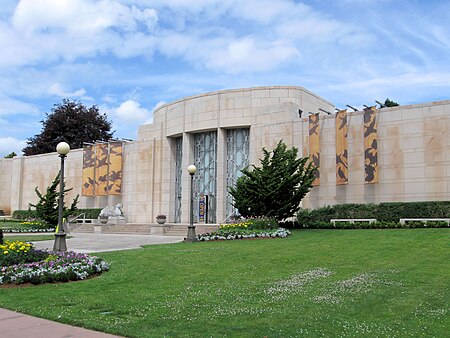Seattle Asian Art Museum

The Seattle Asian Art Museum (often abbreviated to SAAM) is a museum of Asian art at Volunteer Park in the Capitol Hill neighborhood of Seattle, Washington, United States. Part of the Seattle Art Museum, the SAAM exhibits historic and contemporary artworks from China, Korea, Japan, India, the Himalayas, and other Southeast Asian countries. It also features an education center, conservation center, and library. The museum is located in the 1933 Art Deco building which was originally home to the Seattle Art Museum's main collection. In 1991 the main collection moved to a newly constructed Seattle Art Museum building in the downtown area. The Seattle Asian Art Museum opened in 1994.
Excerpt from the Wikipedia article Seattle Asian Art Museum (License: CC BY-SA 3.0, Authors, Images).Seattle Asian Art Museum
East Prospect Street, Seattle Capitol Hill
Geographical coordinates (GPS) Address Phone number Website External links Nearby Places Show on map
Geographical coordinates (GPS)
| Latitude | Longitude |
|---|---|
| N 47.6303 ° | E -122.3143 ° |
Address
Seattle Asian Art Museum
East Prospect Street 1400
98112 Seattle, Capitol Hill
Washington, United States
Open on Google Maps








